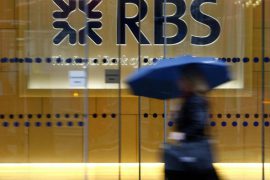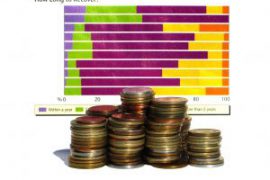Safe savings
We all want our savings to grow by as much as possible but it is also important to keep our cash safe.
It is therefore important to understand exactly how your money is protected were your bank or building society to go bust.
And this is an important lesson to learn after the failure of some high profile providers during the credit crunch.
Back then, Northern Rock had to be taken into government hands and Icesave went bust. While such massive collapses are unlikely, it is nevertheless worth protecting your cash as events that may seem improbable one day could become a reality another.
How is your money protected?
All consumers with cash in a UK-registered bank or building society have the first £50,000 of their deposits with that institution (see the ‘What is an institution?’ section below) guaranteed.
If the institution in question goes bust they will receive their money back within seven working days, up to the cap, from the Financial Services Compensation Scheme (FSCS).
This protection applies per person so anyone with a joint account has £100,000 safeguarded.
If you are lucky enough to have more than the cap then, to be safe, spread your cash.
What is a UK bank?
This may seem obvious but there are some quirks that could catch you out. All savers with mainland UK banks and building societies are covered by the FSCS as are all non-European providers that offer savings to UK residents, as they must establish a UK hub.
However, some European-based banks that offer savings to UK residents do not fall under this country’s protection regime if they are not regulated by the UK’s Financial Services Authority.
Where this is the case, savers are protected by the compensation in the native country of the relevant bank, up to €100,000 per person.
Savers with ING Direct rely on the Netherlands’ scheme and those with Anglo Irish are dependent on Ireland’s guarantee.
Those with cash in a UK offshore account, such as those held in the Channel Islands, may not have the same protection as those with a mainland provider.
What is an institution?
To further complicate matters, some UK banks with multiple brands (for example, Hbos, which owns Halifax, Bank of Scotland, Birmingham Midshires, Intelligent Finance and more) only offer £50,000 protection across all subsidiaries.
This happens when they share one banking licence between them, meaning they are classed as one institution. In the HBOS case, its brands fall under the Bank of Scotland licence.
In contrast, as Natwest and Royal Bank of Scotland (both part of the Royal Bank of Scotland group) have separate licences, and are therefore classed as separate institutions, savers have £50,000 (£85,000 from the 31st December 2010) protection in each.




